Let’s talk about Auburn Sounds’ Panagement 2. First things first: it’s awesome, I love it. However, my uses for it are very specific. I’m an orchestral composer, and I always need tools to quickly and effectively place acoustic instruments into a realistic virtual space. This adds so much in regards to realism and speeds up my workflow. Normally, I would have to use mic positions of the sample library, and pan it left or right within Kontakt or my DAW, then add multiple reverb sends or inserts to create a realistic sense of distance (forward or backward) in my mix.
You don’t need to be an orchestral composer to reap the benefits of this. Placing vocals, guitars, drums, basses, etc, into the same virtual space is now easier than ever. Want to get your synths to sound like they’re in the back of a massive room for your EDM tracks? Use Panagement 2 to place them waaay back, and they’ll now occupy a unique place within your mix that simple volume and reverb aren’t able to achieve. It’s all about realistically modeling how the instruments’ sound would decay, how the sound would reflect off the walls of the room or hall, how the full spectrum of the sound wouldn’t reach your ears if it’s being played 50 feet away, so there’s slight coloration and dampening to the overall EQ of the sound as well.
You can also automate the controls in Panagement. You can make your sounds bounce around a virtual space, sort of like an auto panning tool. Instead of just bouncing left to right, they’ll be able to circle around the entire room, front to back, side to side, and any combination of the latter. It’s pretty awesome for sound design and making your sounds more dynamic and unique. It’s also got a built in width adjustment to make your sounds super-wide or more mono, and some amazing delay functions as well.
Now, here’s what the PGMT-400 Chip mod does. You’ll notice this little chip graphic in the lower right corner of the GUI. It’s essentially supposed to be up to you to discover what it does, but some of our customers want to know more about it before they purchase, which is understandable. SPOILER ALERT!
The PGMT-400 Chip functions are as follows-
– LED 1 => ring mod between dry and late reflections of the reverb
– LED 2 => Pan > Delay is much higher, making inter-aural delay more like Haas
– LED 3 => Invert left and right output channels
– LED 4 => Make Size of Reverb 8x smaller, for a more metallic sound
– LED 5 => Make Size of Delay 8x smaller
– LED 6 => Disable Delay Ping-Pong
With the Delay and PGMT-400 Chip, Panagement 2 delves even deeper into a fully fledged sound design and placement tool, for any genre imaginable.
Don’t take my word for it, let’s see what some of our customers are saying…
“Version 1 is my favorite effect plugin so I know this going to be fire.”
“Just downloaded. Tried it out on a tune I was working on & it added dimension & movement to the tracks. Nice effect.”




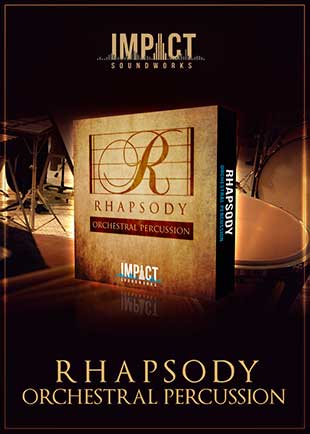


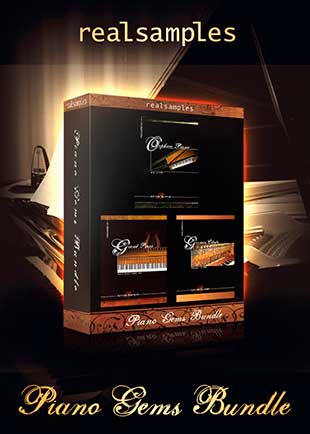





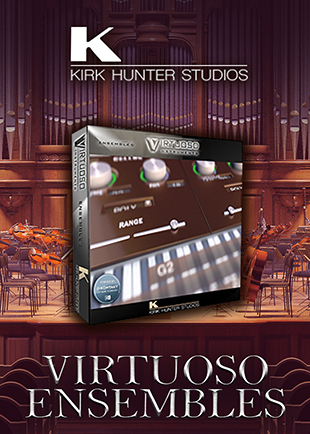





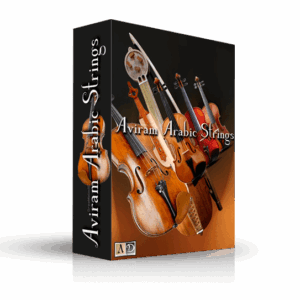

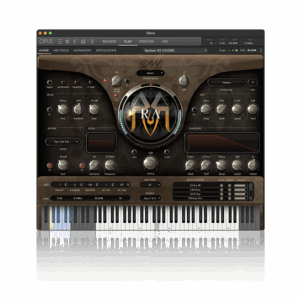
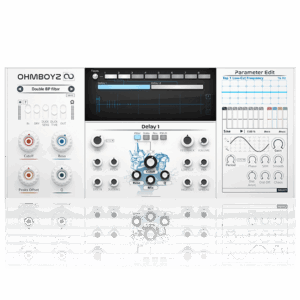

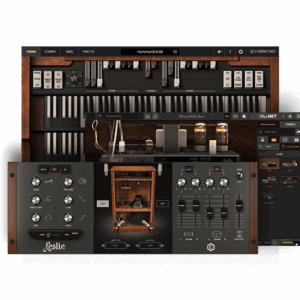

3 Responses
The best thing about panagement was its announcement trailer. That was pure comedy gold 😀
https://youtu.be/cAC-uJR8trg?t=68
You’re not wrong – that was hysterical lol
The free version of Panagement 2 is fantastic. Paying USD$12 to upgrade for use of the Delay and the “mysterious” PGMT-400 Chip is entirely worthwhile! Auburn make great effects, and this is one of my favourites, next to Graillon. The marketing material for Panagement 2 is awesome, I might add. It certainly does “got reverb”!
Comments are closed.